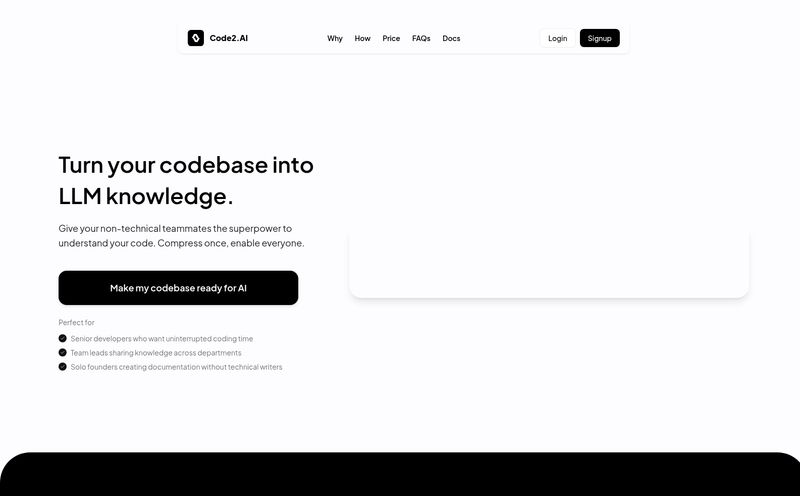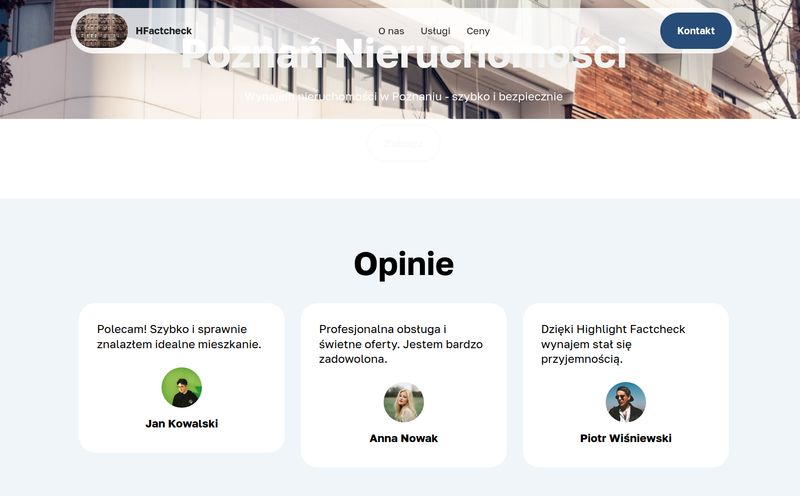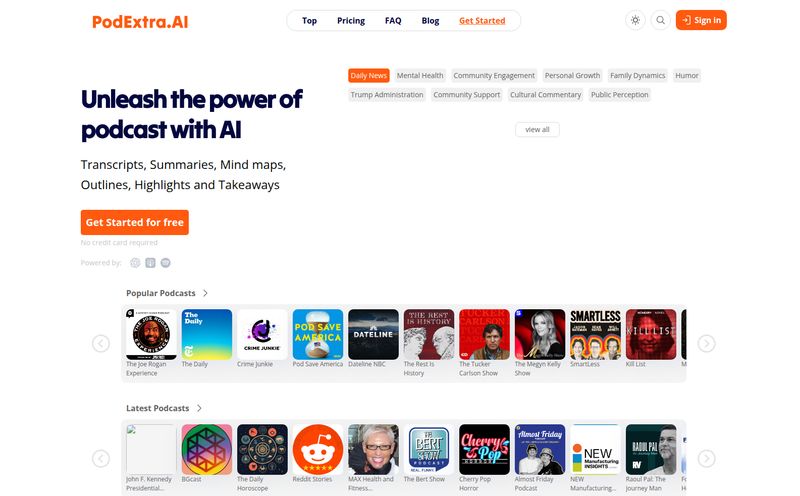How many tabs do you have open right now? Go on, count them. If you're anything like me, you've got Slack pinging away in one, your calendar in another, a Google Doc for meeting notes, maybe Asana or Trello for tasks, and a Zoom window lurking somewhere, ready to devour your CPU. It's a digital juggling act, and frankly, I'm tired of dropping the balls.
Every year, a handful of shiny new tools pop up promising to be the "all-in-one solution" that will finally bring order to our chaotic digital workspaces. Most of them are just another tab in the browser. But every now and then, something comes along that makes you lean in a little closer. Today, that something is called Core.
It bills itself as a "lightning-fast, voice-first communication and collaboration platform" and an "AI-powered successor to Slack, MSTeams, and Zoom." Bold claims. Very bold. So, as someone who’s seen countless tools rise and fall in the productivity space, I decided to kick the tires and see if Core is just more vaporware or if it's the real deal.
First Impressions and a Curious 404
My first stop was their website. It's clean. Minimalist. Almost... stark. Dark mode is clearly the default vibe here, which my eyes appreciate. But what really jumped out at me wasn't what was there, but what wasn't. I clicked on "Start for Free" and then went looking for a pricing page. And I found... a 404 error. "Oops. This page has gone missing."
Now, some might see that as a red flag. And it could be. But to me, it felt authentic in a weird way. It screams "we're in open beta, and we're so focused on building the product that the marketing site is lagging behind." I've been there. I kind of respect it. It also tells us something important: right now, it's free. More on that later.
The other thing that caught my eye was the app's size: ~5Mb. Five megabytes. For context, the Slack desktop app can easily chew up hundreds of megs of RAM before it's even had its morning coffee. MS Teams is a notorious resource hog. An app that promises to do more than them while being a fraction of the size? That's not just a feature; it's a philosophy. It's like someone finally decided to build a productivity tool that runs on a laptop, not a NASA supercomputer.
What is Core, Really? Deconstructing the Pitch
So, what's under the hood? Core isn't just another chat app. The whole premise is built on what they call "deeply integrated modules." This isn't just about having chat and video calls in the same window. It's about having all the pieces of your workflow actually talk to each other. It’s the difference between roommates who live in the same apartment and a family that actually eats dinner together.
The Integrated Power Trio
From what I've gathered, the magic lies in how Core weaves together three critical components:
- The Calendar: It’s not just a calendar. It's a deeply integrated scheduler that lives right alongside your conversations. No more cross-referencing Calendly with your Slack status.
- The Knowledge Base: This is huge. How many times have you had to dig through endless chat threads to find that one link or document? Core builds a knowledge base into the platform. The idea is that important information gets captured and organized, not lost to the scrollback void. Think of it as a team wiki that doesn't feel like a chore to update.
- The Feedback Engine: This one's interesting. It suggests a built-in system for giving and receiving feedback on projects, ideas, or performance. Again, it’s about keeping these crucial loops inside the ecosystem instead of outsourcing them to yet another tool and another subscription.
And Then There's the AI... Buddy Bot
Of course, it's 2024, so there has to be AI. Core’s is called "Buddy Bot." While details are a bit sparse, the promise of an "AI-powered" platform suggests this isn't just a glorified search bar. We're likely talking about AI that can summarize long conversations, pull relevant documents from the knowledge base during a video call, or even help you draft messages. If done right, this could be the proactive assistant we've all wanted—the one that anticipates what you need before you even think to ask for it. It feels less like a bolted-on feature and more like a foundational part of the experience.

Visit Core
How Does Core Stack Up Against the Giants?
Claiming to be a successor to Slack, Teams, and Zoom is like a rookie boxer calling out three different heavyweight champions at once. You have to admire the confidence. But can it compete?
I think it's competing on a different axis. Slack and Teams won by creating massive ecosystems. They have thousands of integrations. They are the sprawling metropolises of collaboration. Core, on the other hand, feels more like a beautifully designed, self-sufficient town. It doesn't have a thousand different restaurants, but the few it has are Michelin-starred and they all source their ingredients from the same local farm.
| Aspect | Core | Slack / MS Teams / Zoom |
|---|---|---|
| Philosophy | All-in-one, deeply integrated, speed. | Platform-as-a-hub, relies on 3rd-party integrations. |
| Performance | Extremely lightweight (~5Mb). | Notoriously resource-intensive. |
| Core Features | Chat, Video, Calendar, Knowledge Base, Feedback are all native. | Core features are strong, but deep integration often requires other apps/bots. |
| AI | Built-in from the ground up (Buddy Bot). | Often a recent, sometimes clunky, add-on. |
It's not about having every feature. It's about having the right features work together perfectly. For a small team that values focus and wants to avoid the dreaded "death by a thousand apps," this is an incredibly compelling proposition.
The Good, The Bad, and The Beta
So, should you drop everything and move your team to Core tomorrow? Let's pump the brakes for a second. As with any tool in beta, there's a trade-off.
The Good Stuff
The upsides are clear. It's fast and lightweight, which is a breath of fresh air. The all-in-one approach, if they pull it off, could genuinely reduce context-switching and increase focus—the holy grail of deep work that folks like Cal Newport write about. The emphasis on data privacy is also a major plus in a world where that feels like an afterthought. It's built for teams that want to own their workflow, not rent it from a dozen different vendors.
The Reality of Beta
But it is in open beta. That means you're a tester. Features will change. Bugs will appear. The platform you sign up for today might look and feel different in six months. That's part of the excitement, but it can also be disruptive.
And let's circle back to that missing pricing page. The biggest "con" listed is that "future features may be paid." This is the classic SaaS playbook: get users hooked on the free beta, then introduce a pricing tier. I don't begrudge them this—developers need to eat!—but potential users need to go in with their eyes open. You might be signing up for a subscription down the line.
My Take: Who Should Try Core Right Now?
After digging in, I don't see Core as an immediate threat to Microsoft's empire. Not yet. But I don't think that's the point. I see Core as a perfect solution for specific types of teams:
- Small, agile startups that are building their tech stack from scratch and want to stay lean.
- Project-based teams within larger organizations who need a dedicated, focused space without the noise of the main corporate comms channels.
- Any team that feels the pain of tool fatigue and is willing to trade a sprawling, clunky ecosystem for a streamlined, intentional one.
It's a bet on a different way of working. A bet that maybe, just maybe, we don't need another hundred integrations. Maybe we just need the essential tools to work better, faster, and more harmoniously. Core is a bold attempt to build just that.
Frequently Asked Questions About Core
Is Core completely free?
For now, yes. It's currently in an open beta which you can join for free. However, they've indicated that some features may become part of a paid plan in the future, which is a pretty standard model for new software.
How is Core different from Slack?
The main difference is the philosophy. Slack is a chat hub that integrates with other tools. Core aims to be the tool itself, with its own deeply integrated calendar, knowledge base, and feedback systems. It's also significantly more lightweight and built with AI as a foundational element, not an add-on.
What is Buddy Bot in Core?
Buddy Bot is Core's native AI assistant. It's designed to be a productivity partner within the platform, helping with tasks like summarizing conversations, finding information from the knowledge base, and generally streamlining your workflow.
Is Core suitable for a large enterprise?
While their site says it's built for "teams of all sizes," its current feature set and beta status make it seem ideal for small to medium-sized teams. Its lean, focused nature might be a huge plus for smaller groups, but large enterprises with complex legacy needs might wait for it to mature.
Does Core replace the need for Zoom?
Yes, that's the goal. Core includes video conferencing as part of its all-in-one platform, aiming to provide a single place for chat, collaboration, and video calls.
What about data privacy?
Core explicitly lists "Respects data privacy" as one of its core tenets. For teams concerned about how their data is being used by larger tech companies, this could be a significant reason to consider Core.
A Promising New Contender
In a field crowded with bloated, slow, and fragmented tools, Core is a genuinely exciting development. It's ambitious, sleek, and built on a premise that just makes sense: give teams the essential tools they need in one fast, smart package. The road out of beta is a long one, and the challenge of converting free users to paid ones is steep. But the vision is right. If you and your team are drowning in tabs and notification fatigue, giving Core a spin feels less like a risk and more like a necessity. What have you got to lose?
Reference and Sources
- The official website for the tool discussed can be found at Core.app.
- For more on the concept of focused work mentioned in the article, see Cal Newport's book "Deep Work: Rules for Focused Success in a Distracted World".
- An interesting discussion on the bloat of modern software can be found on tech forums like Hacker News, where developers frequently lament application resource usage.



